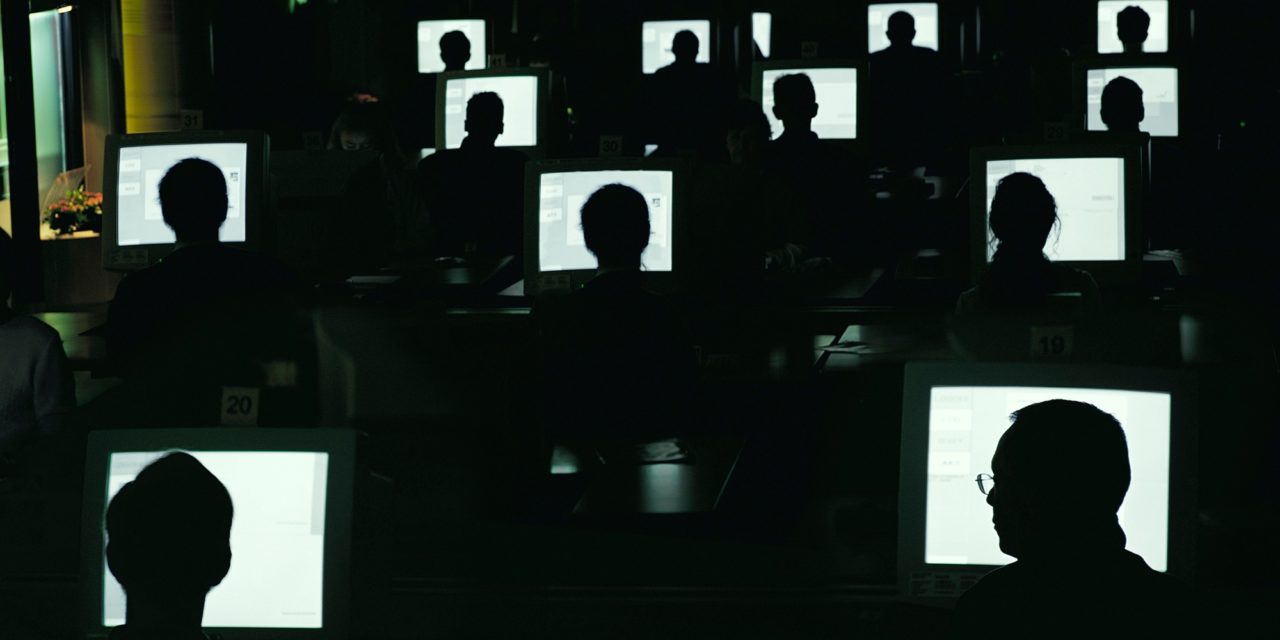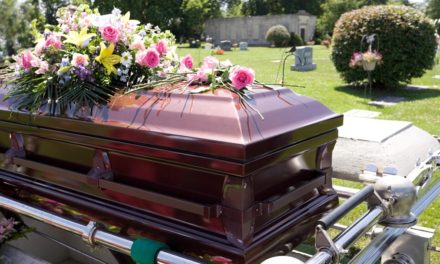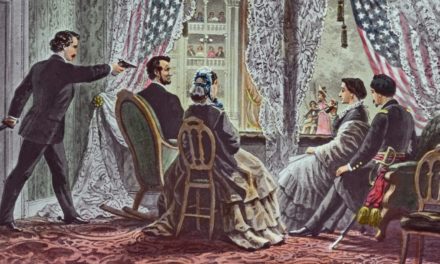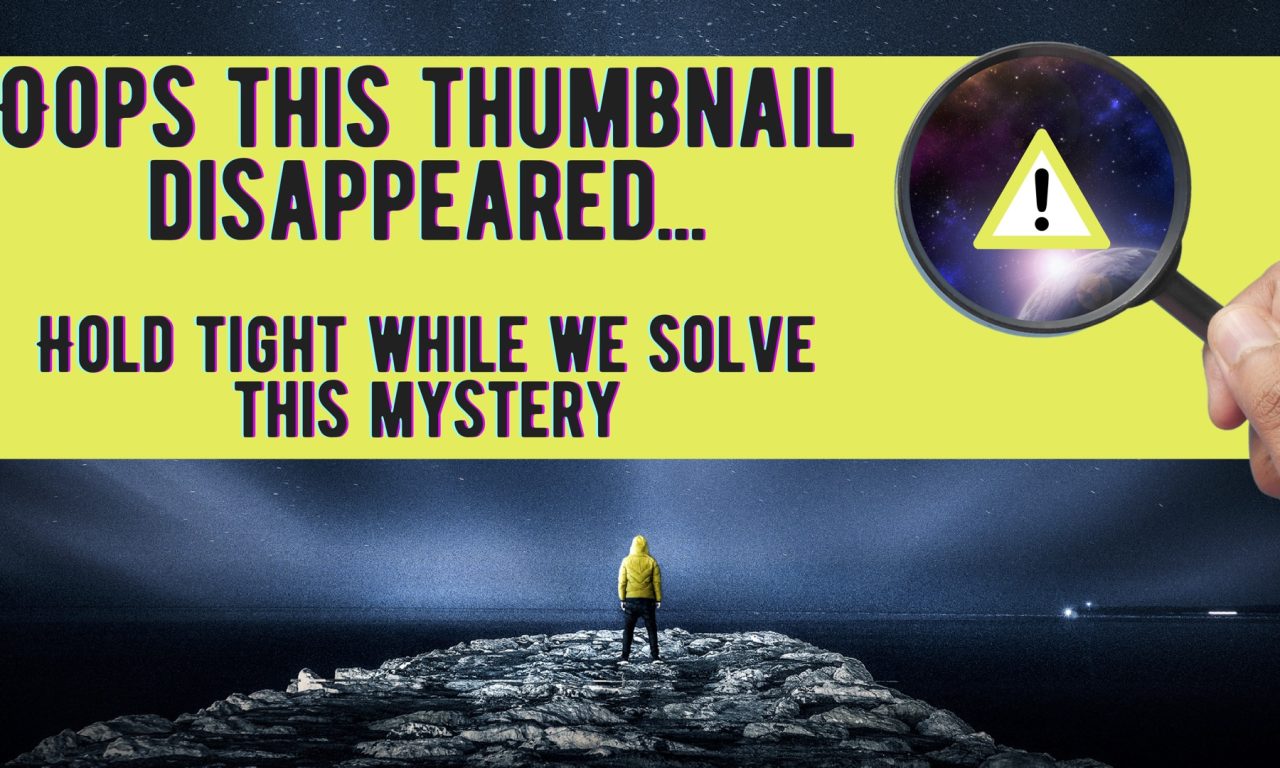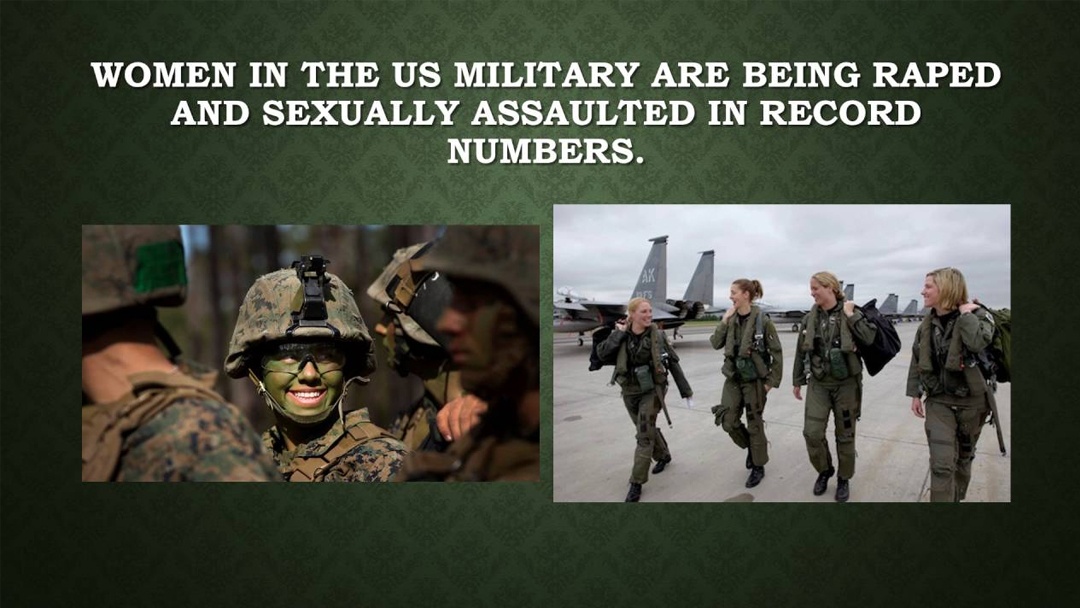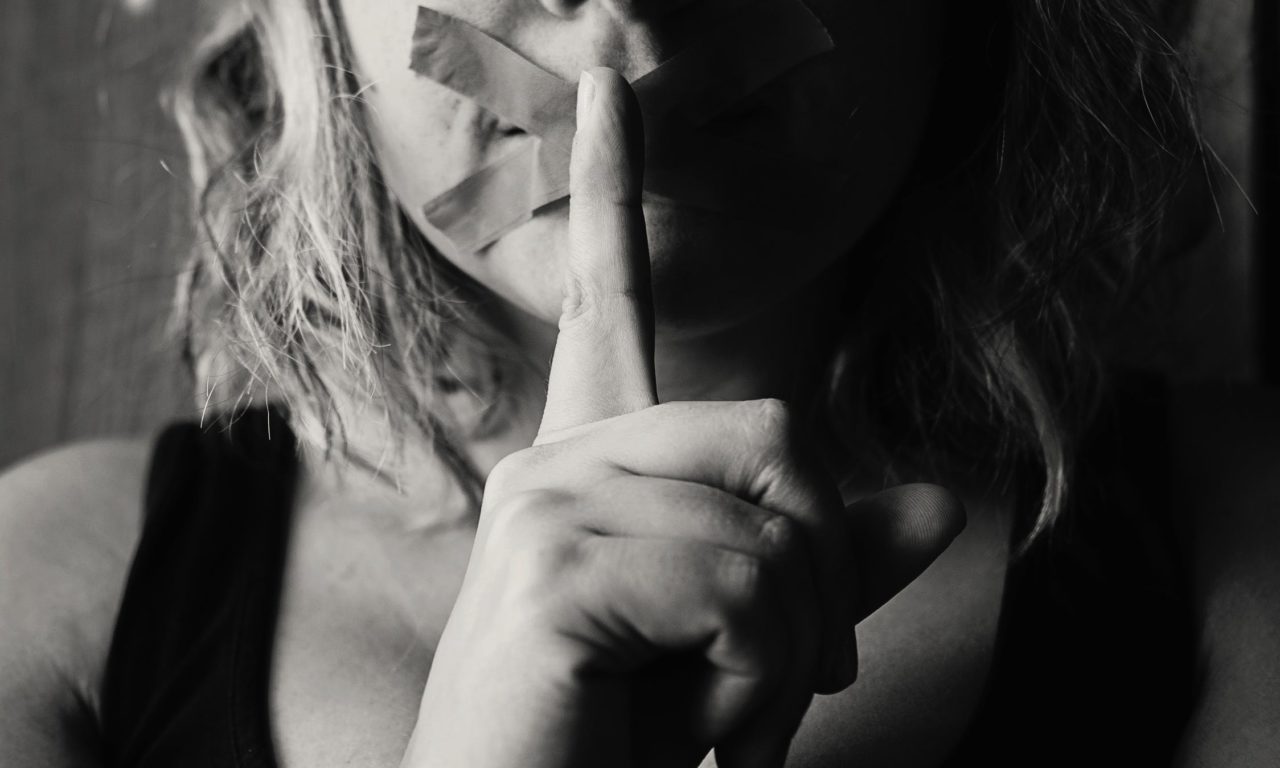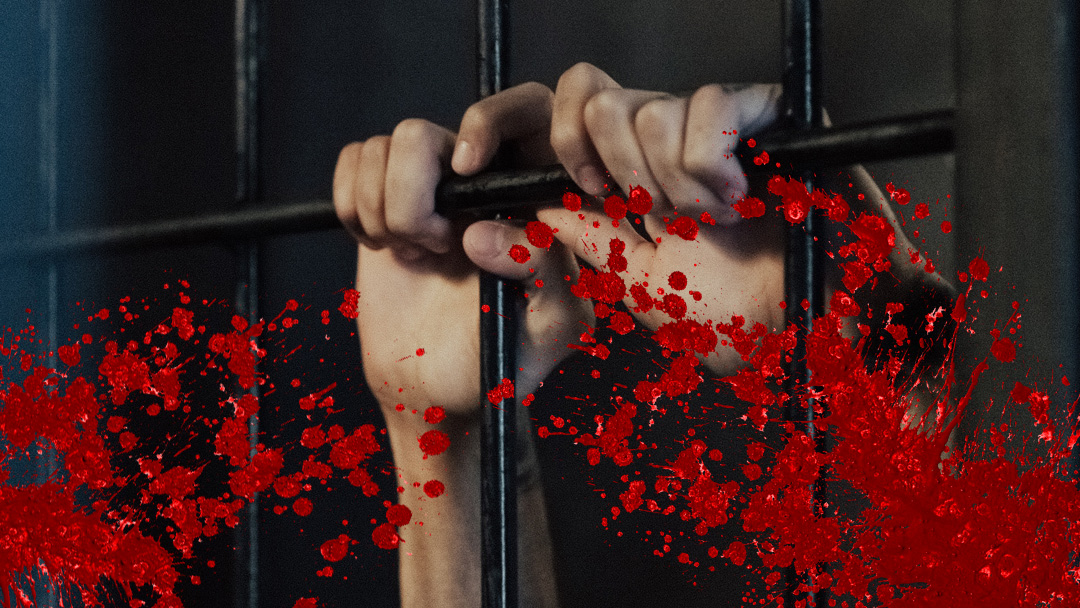 In the world of crowd sourcing wisdom, it’s natural that some of that crowd sourcing would focus on one of the greatest human hobbies, playing amateur detective. Literally thousands of ordinary citizens across the world are web sleuthing in one fashion or another these days, mostly in regard to missing persons and unidentified bodies.
In the world of crowd sourcing wisdom, it’s natural that some of that crowd sourcing would focus on one of the greatest human hobbies, playing amateur detective. Literally thousands of ordinary citizens across the world are web sleuthing in one fashion or another these days, mostly in regard to missing persons and unidentified bodies.
But the European authorities have recently added a new twist: they have begun to put photos out on the web, photos harvested in the process of child abuse investigations. For example authorities come to a scene, perhaps an old warehouse or bar or basement, where children were being held and exploited. The perpetrators are long gone but clues in the form of artifacts remain behind. Perhaps a retail bag, of an old wine bottle, a brand-name piece of clothing, provides a clue worth tracking.
Oftentimes child abusers who circulate child pornography on the web themselves include a rich variety of photographic evidence. It’s never occurs to them that the landscape or the street signs or the buildings or smaller clues related to paraphernalia might be their undoing.
But enter the modern web sleuth in the form of crowd sourcing. Only one in several thousand volunteers who study these photographic images may glean further clues from them, but that person may be able to identify a place, a time, a context.
The jigsaw puzzle that authorities are working on may have its pieces filled in, piece by piece.
In one noted example, a picture on the web that accompanied child porn contained a background image of a trampoline. The photo, blown-up, revealed a manufacturer, and it turned out only one unit was sold in the region that police suspected as the source. Identifying that trampoline led straight away to identifying a pedophile.
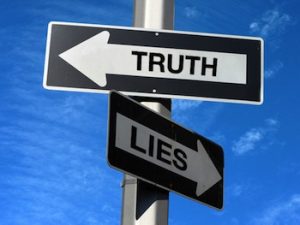 ghtThere are of course risks to the process. In the worst-case, it can tip off the bad guys to the clues that they are inadvertently leaving behind. Perpetrators with a perverse streak might even begin to play the system–that is–plant false leads, disinformation, all the while laughing up their sleeves. Or at the very least, the input and comment of a thousand well-meaning amateurs might waste valuable detective time. But overall, authorities often consider these to be risks worth taking.
ghtThere are of course risks to the process. In the worst-case, it can tip off the bad guys to the clues that they are inadvertently leaving behind. Perpetrators with a perverse streak might even begin to play the system–that is–plant false leads, disinformation, all the while laughing up their sleeves. Or at the very least, the input and comment of a thousand well-meaning amateurs might waste valuable detective time. But overall, authorities often consider these to be risks worth taking.
And you, a good amateur detective and mystery analyst, could you derive useful clues, useful suggestions from photos and artifacts?
Mind over Mystery will seek over the coming months to connect to those publicly available troves of visual cues, and share them with you directly.
Above and beyond the age-old question “What’s missing in this picture?” is the even more intriguing question “What am I seeing in this picture this has significance, that might identify a venue, or an individual?”
As a volunteer detective you can exercise your powers of observation, your deductive reasoning, and perhaps help solve a serious crime.
